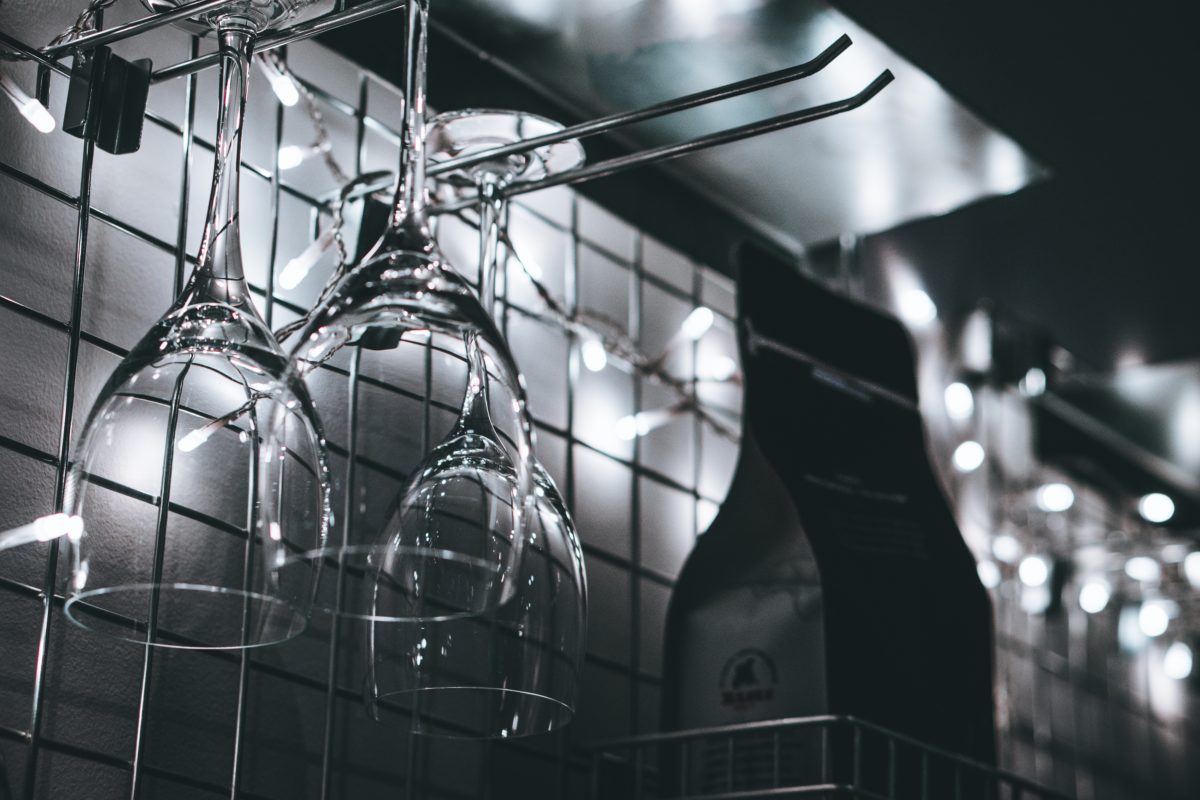
Grape Destinations: A Wine Glass Tutorial
The best (or maybe worst) part about living in our modern age is the sheer number of choices we have. For wine drinkers, not only are there numerous varieties of wine, but hundreds of labels which make them. A trip to the wine store can be an almost overwhelming experience because of how many different options you have. After you do make your selection, all you have to do is pop the cork and enjoy, right? Actually, there’s a few things you can do to make your wine drinking experience the best possible. It’s important to do things like letting the wine “breathe” and serving the wine at the proper temperature, but it’s equally important to use the right wine glass to truly get the most character out of each wine you sip.
Wine Glasses; What’s the Difference?

Wine Glasses Come in All Shapes and Sizes | Photo by Matthieu Joannon on Unsplash
There are three major components to a wine glass; the bowl, the rim and the stem. Let’s start with the obvious: the bowl is the part that holds the wine. Wine glass bowls can be wide or narrow depending on what you’re drinking. Wider bowls are often seen with red wines as they increase the surface area exposed to oxygen, making the wine more complex in terms of smell and taste. Narrow bowls, like champagne flutes, for example, allow for less oxygen. This helps keep the wine cooler for longer and helps keep the carbonation.
The rim of a wine glass is easily overlooked, but it can be just as important as the bowl for how someone experiences a glass of wine. Tapered rims, meaning the opening is narrower than the rest of the glass, help keep the wine’s smell concentrated at the rim. When you swirl the wine to release the aroma, the taper also helps keep the wine from splashing out. Flared rims usually taper slightly towards the top of the glass, but then flare outwards at the rim. This is to encourage where on your palate the wine is experienced. Flared rims help keep the wine in the front of the mouth where we’re able to better taste the fruity aromas.
RELATED: Grape Destinations: What Does a Wine Decanter Do?
Stemmed versus stemless glasses are interchangeable more so based on the situation, rather than the wine. Stemless glasses are a little more informal and are good for everyday use or for an outdoor party, for example. Stems are nice for holding a glass because they keep your body heat away from the wine, which could alter the profile. Stems are also nice for storage upside down, as no dust can settle inside the glass.
Whatever your choice of wine, make sure you have the right glass to go with it!









